Throughout his four years at Liverpool so far, Gini Wijnaldum‘s exact role has been difficult to place, but the Dutchman offers a rare quality that makes him invaluable.
Reinvention has made Liverpool revolutionaries. The positions seem like misnomers for their flagship players. Right-back? Trent Alexander-Arnold is both a playmaker and a one-man right flank. Centre-forward? Roberto Firmino is more false nine, often only Liverpool’s third-most advanced player and doubling up as a tireless harrier in midfield. Winger? Sadio Mane and Mohamed Salah are both inverted and narrow, operating inside the opponents’ full-backs, rather than outside, focused more on scoring than crossing.
Few suggest Gini Wijnaldum’s impact is as radical. Sometimes Liverpool’s midfield are defined as much by what they don’t do—score, or at least, score regularly—as what they do, which is to knit the team together and work relentlessly. In his own way, though, Liverpool’s smiling Dutchman is a very modern player. Few talk about the Wijnaldum type among midfielders. Perhaps they should.
Once again, it is perhaps easiest to outline what he isn’t as opposed to what he is. Rewind 11 years to what, despite the prowess of Jurgen Klopp’s team, still feels the best trio of central midfielders Liverpool have had in the Premier League era and the comparisons may not seem to flatter Wijnaldum.
He is not the tackler Javier Mascherano was. He does not have Xabi Alonso’s long passing range (or, as he only attempts one long pass a game on average, if he does he keeps it camouflaged). He lacks Steven Gerrard’s potency: he may have been the scourge of Barcelona last season but Wijnaldum only has five goals in all competitions this season. Gerrard got 24 in 2008/09.
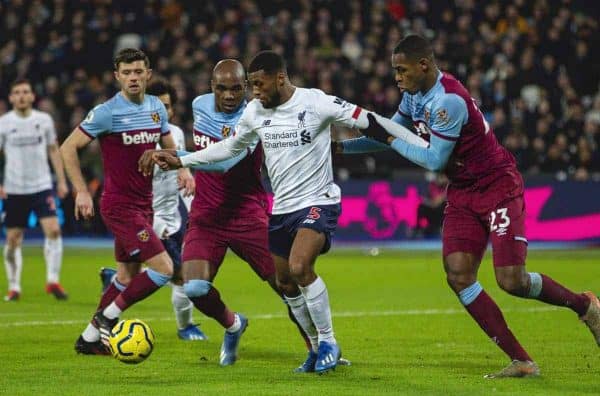
The Dutchman is not exactly in contention for the Golden Boot. But there is one leaderboard where he will figure on an annual basis. Among those remotely resembling regulars in the Premier League, he stands fourth for pass completion: his 90.9 percent success rate puts him behind only the Man City trio of Nicolas Otamendi, Rodri and Ilkay Gundogan. That is fractionally down on last season, where he completed 91.1 percent of his passes, but it amounts to a remarkable level of consistency. It can get even higher in major matches, indicating the temperament of a player cool enough to prosper under pressure.
Wijnaldum is a different type of pass-master; not delivering the raking diagonal balls Gerrard would place into space for Michael Owen to run into, the elegant incision of Alonso or the ambitious, defence-splitting service Kevin De Bruyne gives the City attackers. Many of Wijnaldum’s passes are less spectacular and shorter, but his accuracy makes him one of the smoothest cogs in the wheel.
He is not the creator; not directly, anyway. The Comparisonator statistical website shows only seven of his league passes this season have even led to a shot; none have brought an assist. Fifty central midfielders average more passes that lead to a shot per 90 minutes (De Bruyne, inevitably, is top).
But Wijnaldum has 125 successful passes into the final third—out of 135—offering unusual levels of ball retention in the part of the pitch where it is hardest to keep it. It is something that distinguishes the midfielders who figure highly in the pass completion charts; it is easier to distort defenders’ statistics with safe balls in their own half.
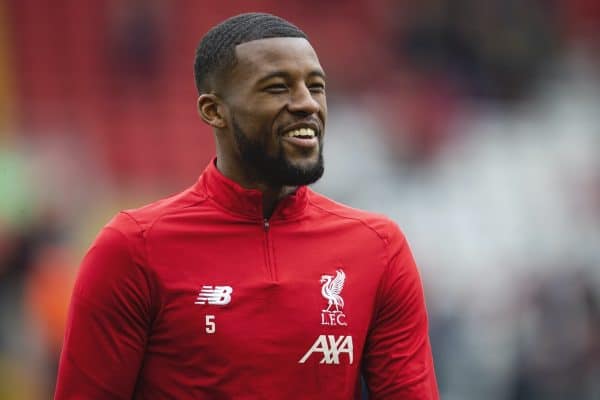
Look at those midfielders over several seasons and the same names crop up near the top of the pass completion statistics. They can seem a disparate bunch, divided by more than unites them, but that accuracy makes them the Wijnaldum type: Harry Winks and Ross Barkley, Mateo Kovacic and Gundogan, Juan Mata and Granit Xhaka. More recent arrivals like Rodri and Jorginho have joined the band. Mousa Dembele was their unofficial chairman before his departure.
They are very modern figures: the goalscoring midfielders of earlier eras, the Gerrard and Frank Lampard type, feel an endangered species, replaced by the passers who are not so much playmakers as playkeepers.
Some of the Wijnaldum type feel frustrating figures. Most seem to score too few goals and several do not feel as if they get enough assists either. Some provoke debate as to what, actually, they are. Dembele was a case in point, an enigma until Mauricio Pochettino appreciated his unique skillset and turned him into a talisman. Kovacic ranked as a disappointment last season; this year, he is arguably Chelsea’s player of the season. But Barkley and Xhaka feel mysteries wrapped inside a riddle. Players like Winks and Gundogan do not feel destructive enough to play the holding role or productive enough to operate further forward but are their respective sides’ midfield metronomes.
There are common denominators. It is no coincidence they are found near the top of the table. They have the technical skills to gravitate to elite clubs; Wijnaldum allies it with the physical power to play Jurgen Klopp’s running game. The difficulty is finding complementary players, the ones who can deliver the goals or assists or, in some cases, tackles, they don’t.

It is about a system, it is about team-building. It is there that Klopp and Liverpool have succeeded with Wijnaldum.
It is also about their reinvention of him. He is more potent for the Netherlands, just as he was for Newcastle, when he operated further forward and when, though a season ended in relegation and he was far more effective at home, his return of 11 goals and five assists was Gerrard-esque.
No more. His is a more self-sacrificial role for Liverpool. But if the Wijnaldum who first arrived in England drew comparisons with the past, now he feels an altogether newer type of player.
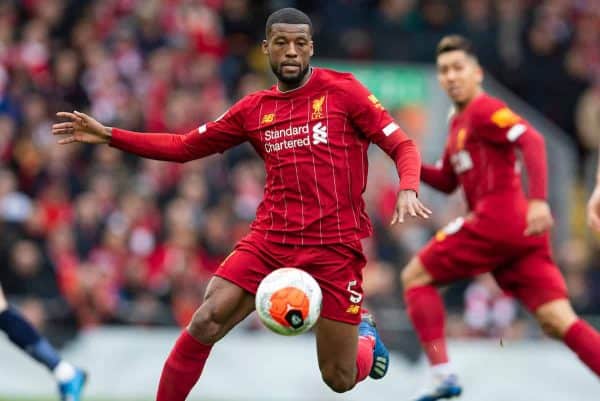

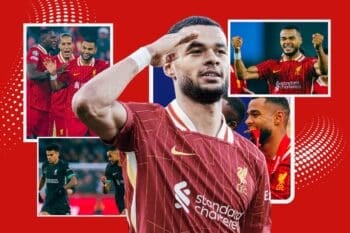


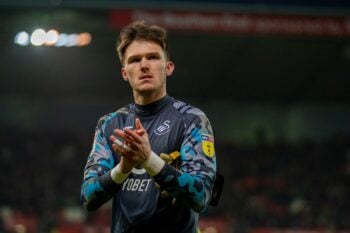


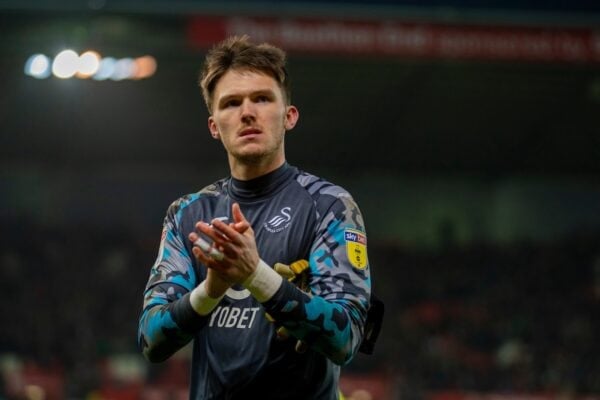



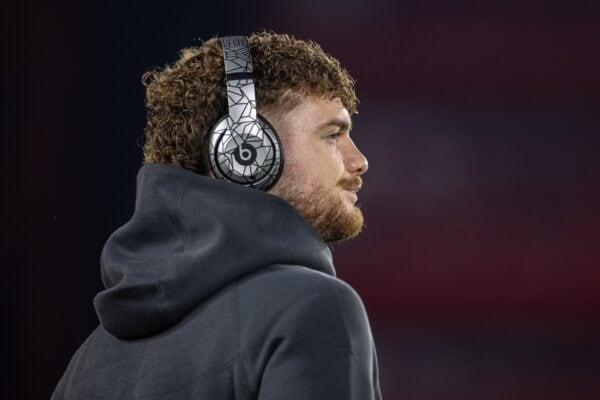



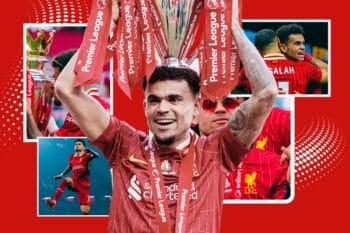

Fan Comments